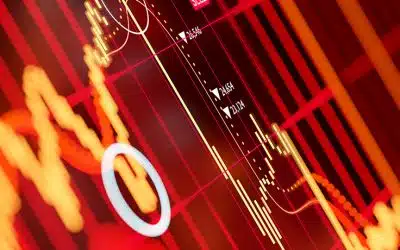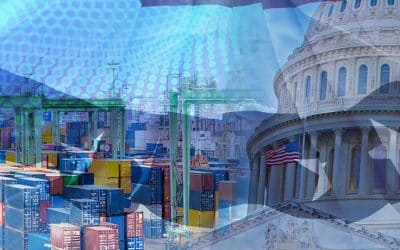Less liquidity, a new cause for investor concern?

Redacción Mapfre
A few months ago, back in October, experts asserted that liquidity was to account for the strong performance of the markets, using the Nasdaq technology index as a reference (at the time, when results were being presented, profits of almost 30% were estimated). The high level of liquidity helped achieve record highs and getting ahead of the pace of the market was a waste of time as the flow of money showed no signs of letting up. Six months on, the withdrawal of stimuli by central banks has had the opposite effect: the S&P 500, the US reference index, is unable to reverse constant contractions and has seen six successive weeks in the red for the first time in more than a decade.
Another example of the magnitude of recent decisions approved by Jerome Powell can be seen in the US technology index, which has plunged by 23% since the start of 2022, undermining a large part of the increases seen over the past year. Could we be on the verge of another dotcom crash? In the words of Alberto Matellán, head economist at MAPFRE, it is likely that “we’re seeing a bear market,” that is moving toward general stability. “Any rebound that we see at the moment (the Spanish IBEX, for example, has reached the threshold of 8,500 points), has more to do with the real economy than actual expectations,” he adds.
From now on, it will be important to keep an eye on the value of companies without thinking that liquidity will sustain the previous levels. However, according to Daniel Sancho, head of investment at MGP, there remains “some uncertainty associated with the serious volatility” we have seen so far this year, with investors “facing a new paradigm.” This new scenario can be attributed to two possible circumstances: “On the one hand, the increase in interest rates and inflation would translate into growing returns; and on the other, any potential recession would bring these rises to a halt,” explains Alberto Matellán. In his opinion, this new situation would come about in autumn, “with high rates, less growth and inflation (which, at least for the time being, seems close to peaking) starting to decrease.”
However, in recent weeks, interesting conclusions have started to be drawn. One of these involves the debt market, with the expert from MAPFRE Inversión indicating that there “are opportunities to be found” and that “we’re yet to peak.” In turn, Daniel Sancho adds that “stock markets have given signs that fixed income are once again a safe-haven asset,” although “we can’t be sure about growth figures or interest-rate increases in the short term.” The second is lessons learned by investors faced with such volatility and changes in context, but in particular, the instability of the cryptocurrency market. “For me, it is not a valid investment, and for it to be one, it needs to have intrinsic value,” asserts Alberto Matellán, who goes on to add that in this sector, like the gambling sector, “it is impossible to foresee its future performance.” Even so, he believes that “all these changes are good, as it means that investors learn a lot and adjust their investments to their own targets.”



